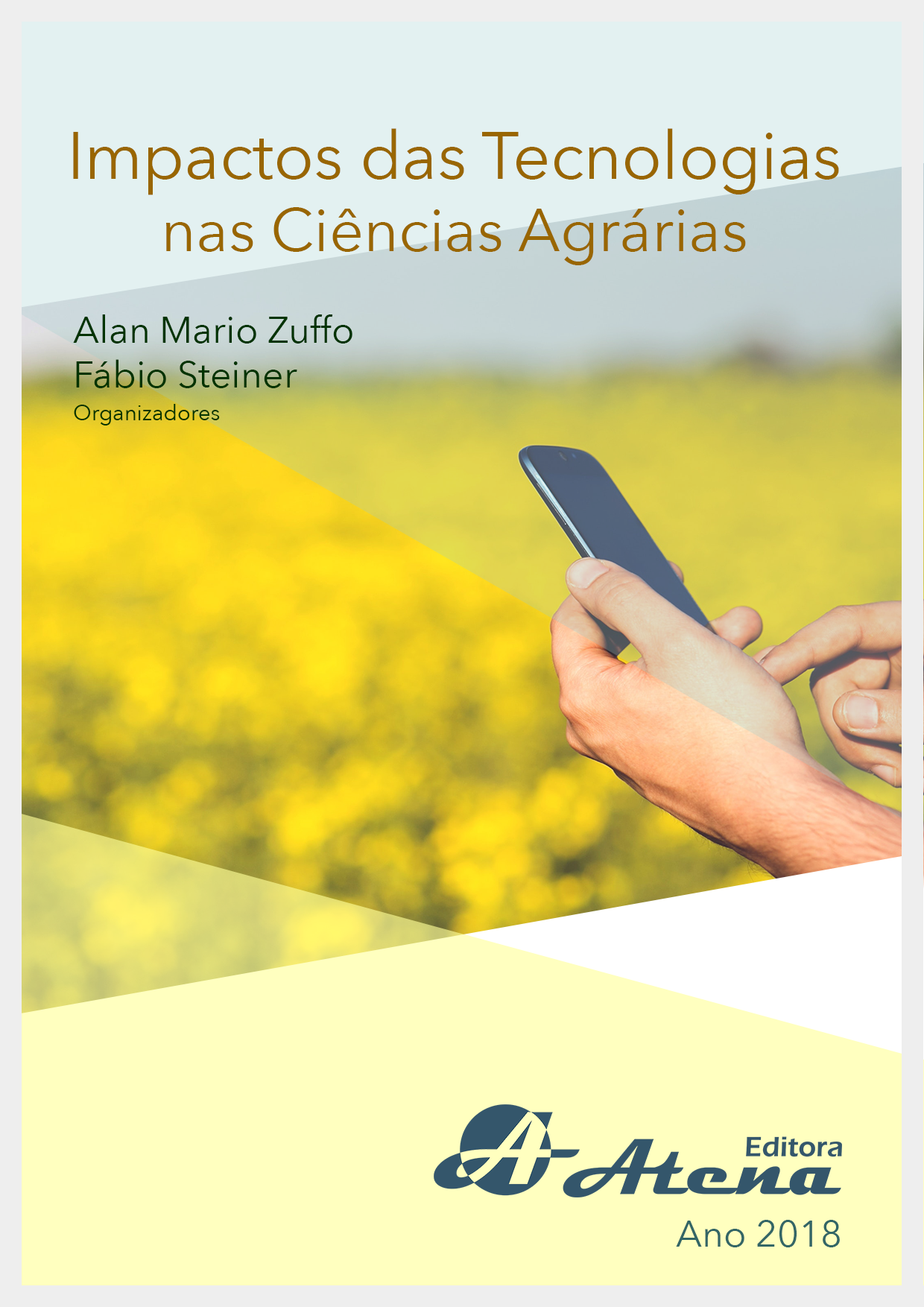
CARACTERÍSTICAS AGRONÔMICAS DE FEIJÃO COMUM EM SUCESSÃO A ADUBOS VERDES
Este trabalho teve como objetivo avaliar
a produção de massa verde e seca de diferentes
combinações de adubos verdes e sua influência
sobre as características agronômicas do feijão, cv.
Carioca, em sucessão. O trabalho foi realizado na
Fazenda Experimental “Professor Antônio Carlos
dos Santos Pessoa”, pertencente à Universidade
Estadual do Oeste do Paraná (Unioeste). O
delineamento experimental empregado foi o de
bloco ao acaso, com oito tratamentos e quatro
repetições, totalizando 32 parcelas, sendo os
tratamentos constituídos de diferentes adubos
verdes. Foram determinadas a massa verde e seca
dos adubos verdes e as características do feijoeiro,
como: estande final, altura da planta, altura de
inserção da primeira vargem, número de vagens
por plantas, comprimento longitudinal médio
das vagens, número de grãos por vagens, peso
de 1000 grãos, produtividade. Os dados obtidos
foram submetidos à análise de variância (ANOVA)
e as médias comparadas pelo teste de Tukey (P ≤
0,05). Em relação aos resultados de massa verde,
massa seca e características agronômicas foram
encontradas diferenças significativas entres
os tratamentos avaliados. Sendo que para a
produtividade de massa verde e seca dos adubos
verdes o consorcio entre as espécies de ervilhaca
peluda + nabo forrageiro foi o que apresentou
os maiores valores e para as características
agronômicas do feijoeiro os melhores resultados
foram obtidos após a sucessão do consorcio entre
as espécies Triticale tpolo + nabo forrageiro.
CARACTERÍSTICAS AGRONÔMICAS DE FEIJÃO COMUM EM SUCESSÃO A ADUBOS VERDES
-
DOI: Atena
-
Palavras-chave: Biomassa, Phaseolus vulgaris L., Plantas de inverno.
-
Keywords: Biomass, Phaseolus vulgaris L., Winter plants.
-
Abstract:
This study aimed to evaluate the production of green matter and dry of different
combinations of green manure and its influence on the agronomic characteristics of the bean,
cv. Carioca, in succession. The work was carried out in the Experimental Farm “Professor
Antônio Carlos dos Santos Pessoa”, belonging to the State University of the West of Paraná
(Unioeste). The experimental design was a randomized block design, with eight treatments
and four replications, totaling 32 plots, the treatments being composed of different green
manures. The green and dry mass of the green manures and the characteristics of the bean
were determined, such as: final stand, plant height, height of insertion of the first vargem,
number of pods per plant, average length of pods, number of grains per pod, weight of
1000 grains, productivity. Data were submitted to analysis of variance (ANOVA) and means
were compared by Tukey’s test (P ≤ 0.05). Regarding the results of green mass, dry mass
and agronomic characteristics, significant differences were found among the evaluated
treatments. As for the green and dry mass yield of the green manures, the consortium
among the species of hairy vetch + forage turnip was the one that presented the highest
values and for the agronomic characteristics of the bean the best results were obtained
after the succession of the consortium between the species Triticale tpolo + forage turnip.
-
Número de páginas: 15
- Carlos Augusto Rocha de Moraes Rego


